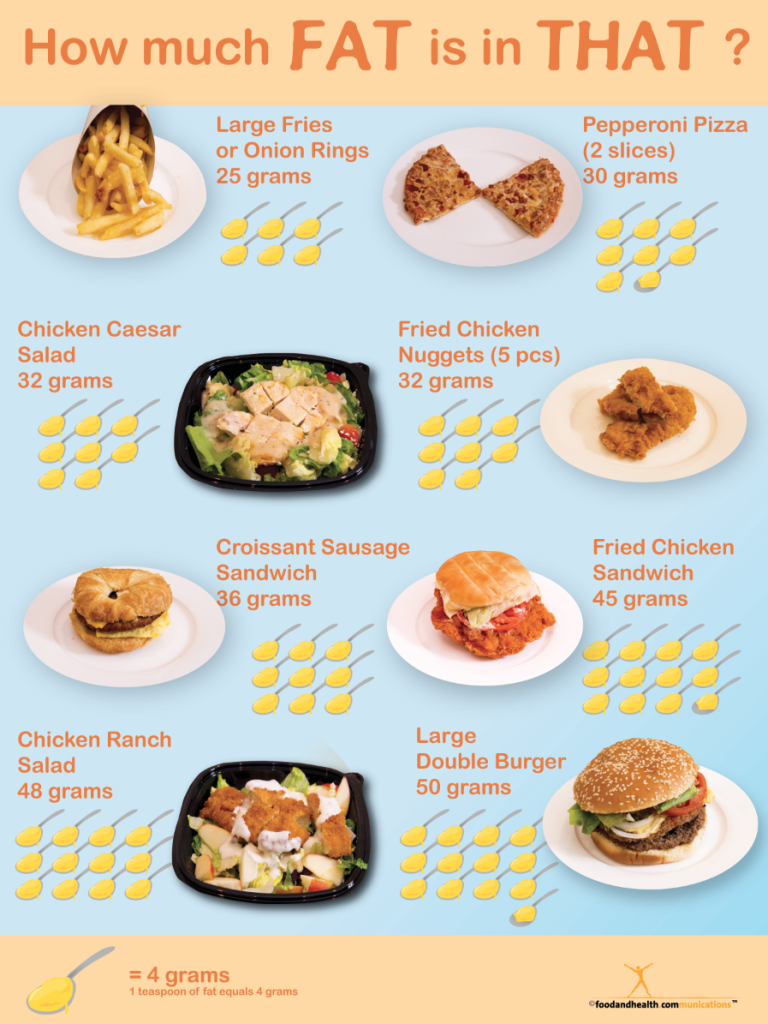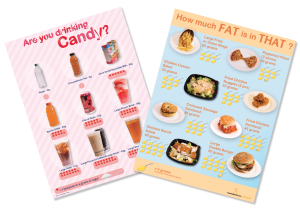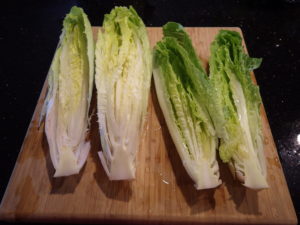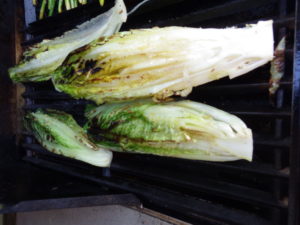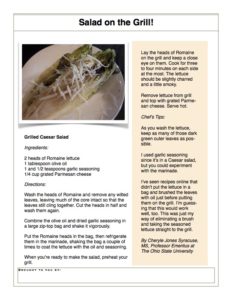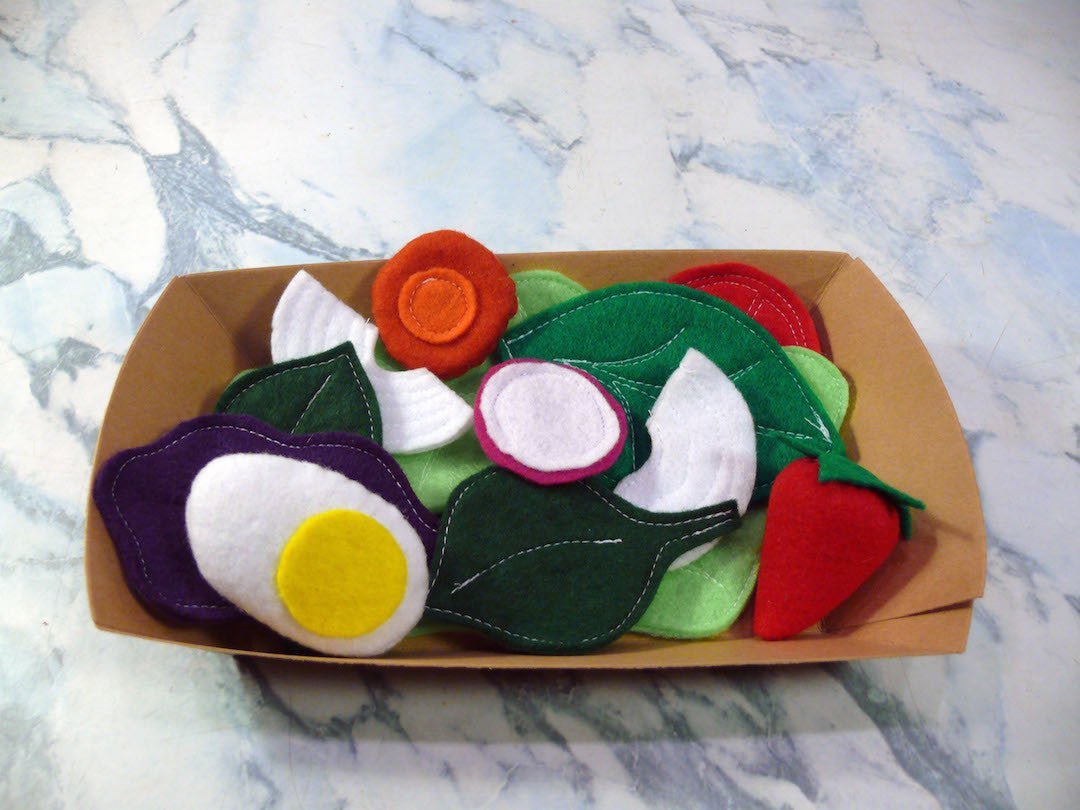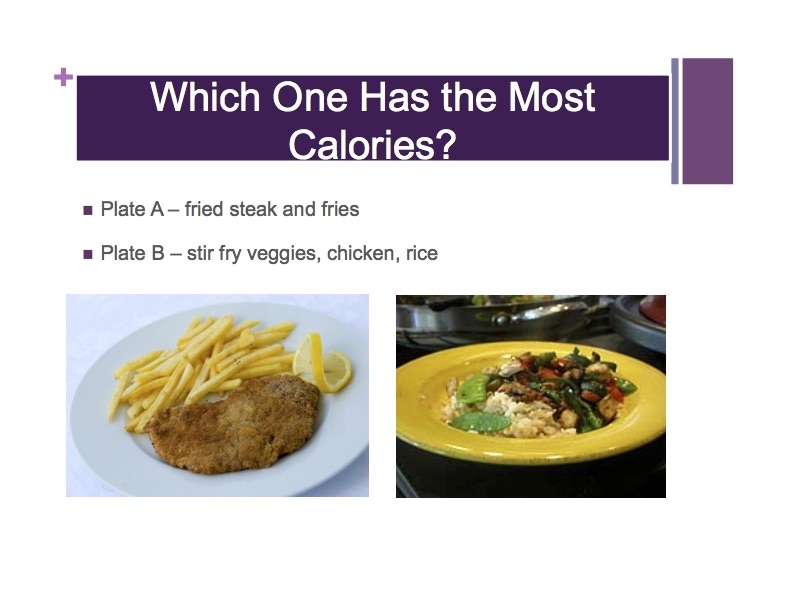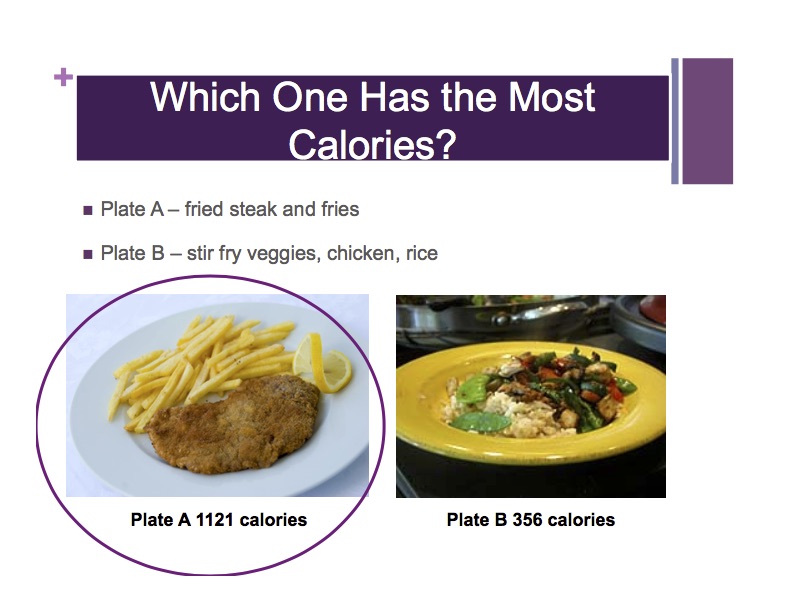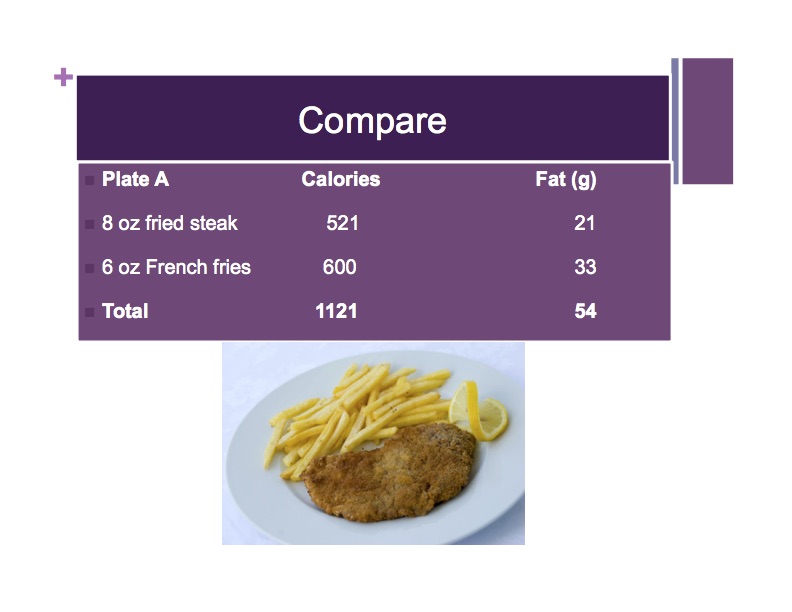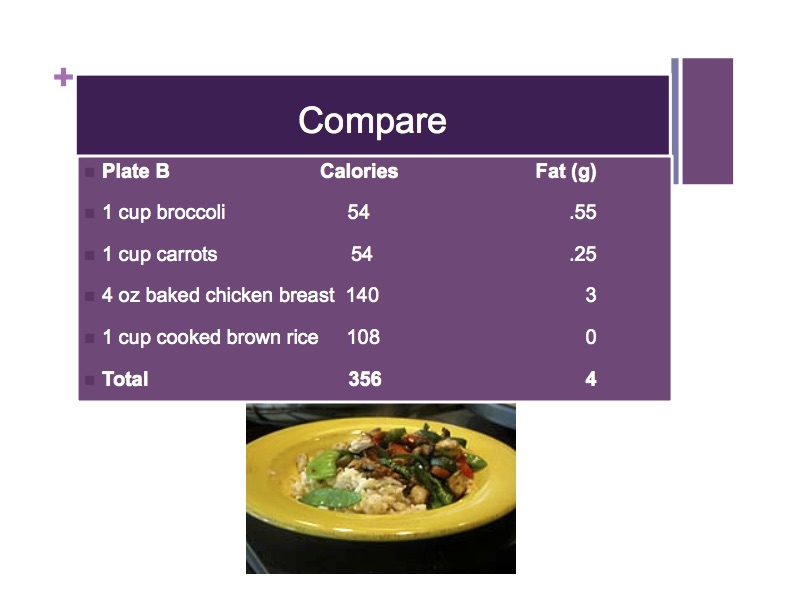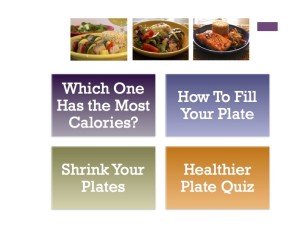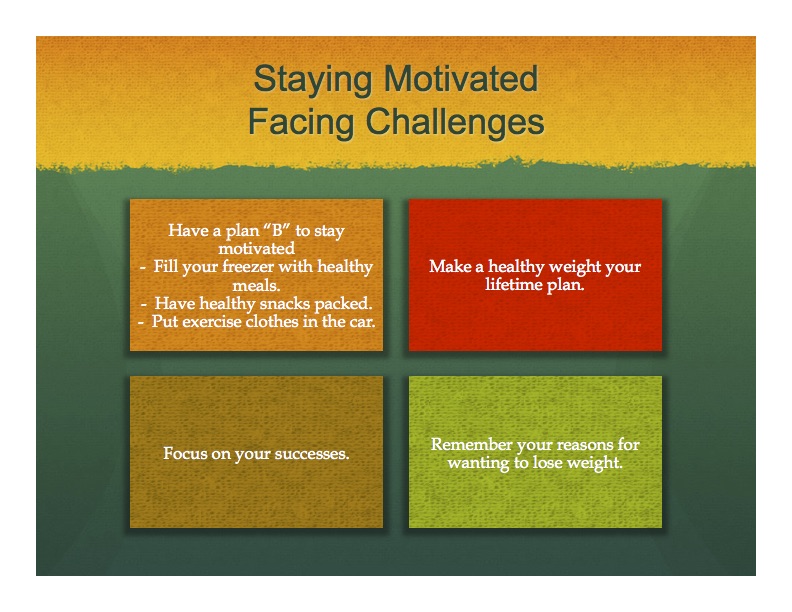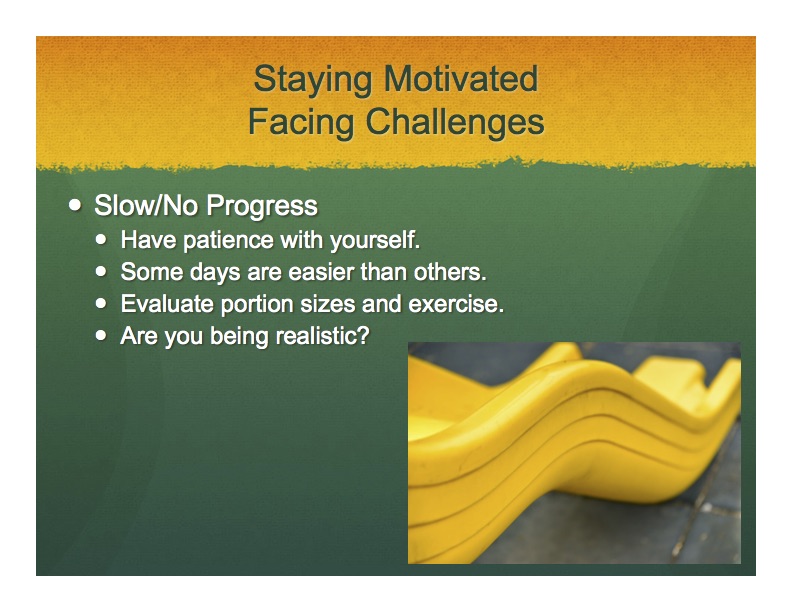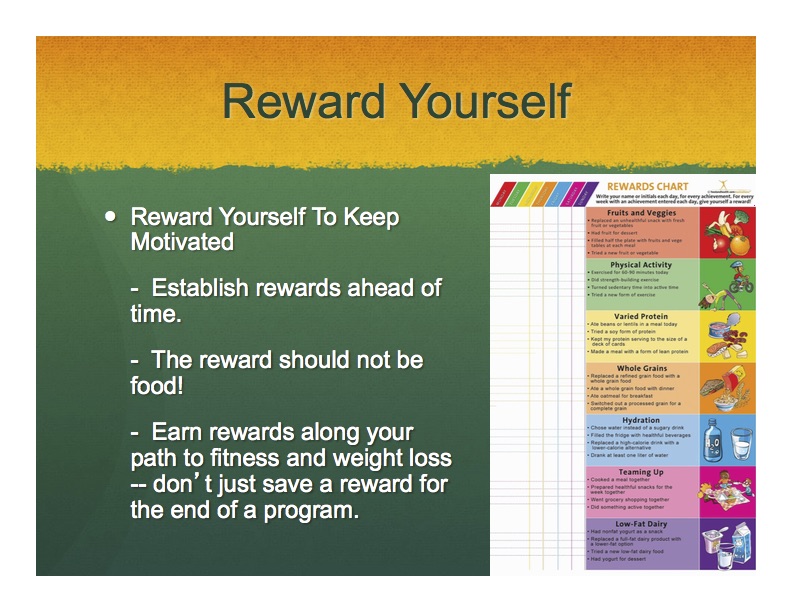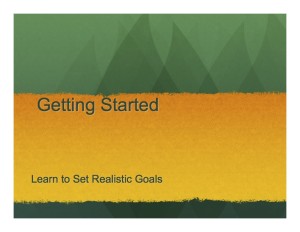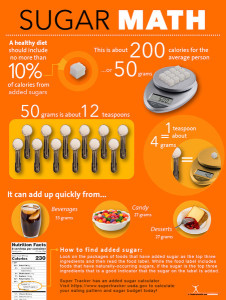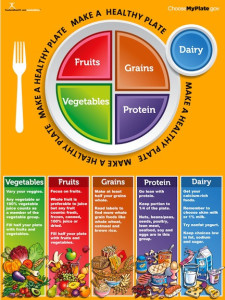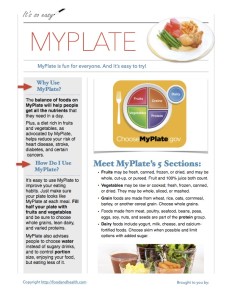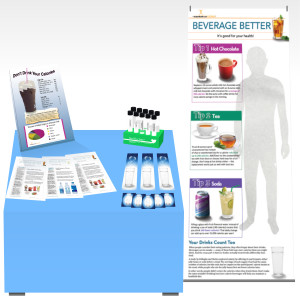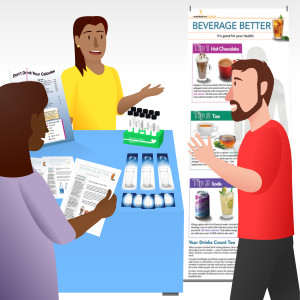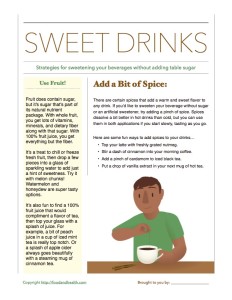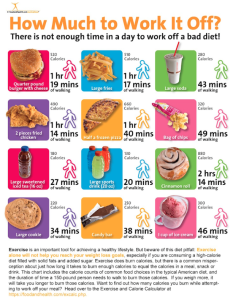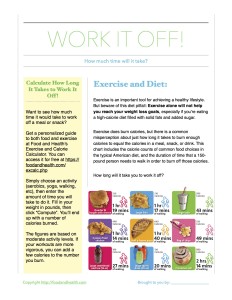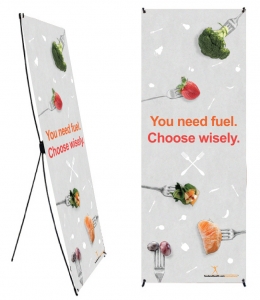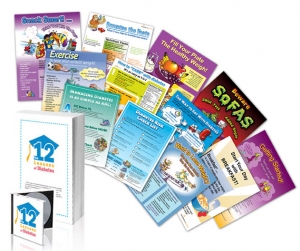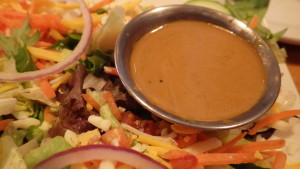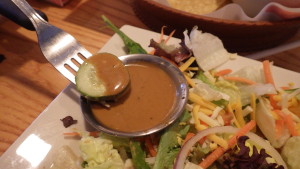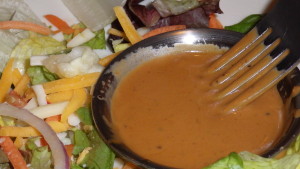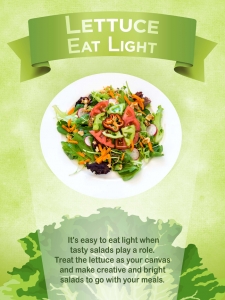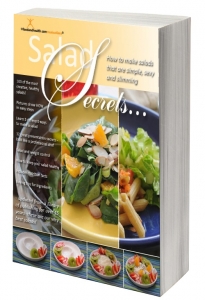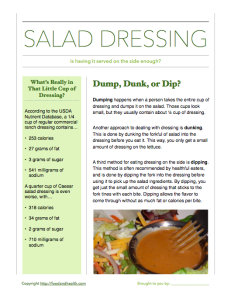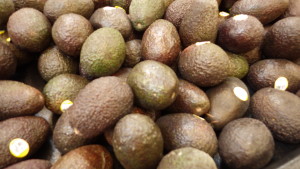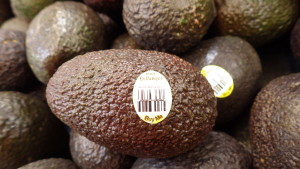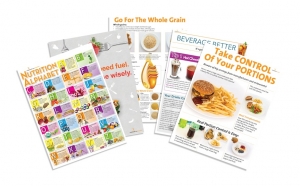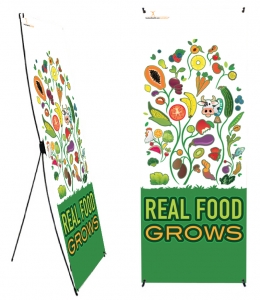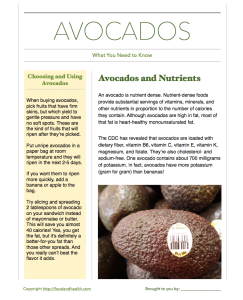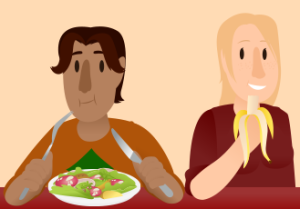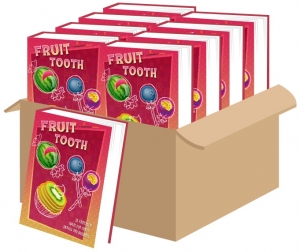Lately, we have gotten a lot of requests for materials that show the levels of sugar and fat in foods. Of course, we set out right away to make great infographic posters that provide a sea of knowledge at a glance. Now we have the antidote to the fast food commercial right here!
Here are a few things we learned about fat and fast food along the way…
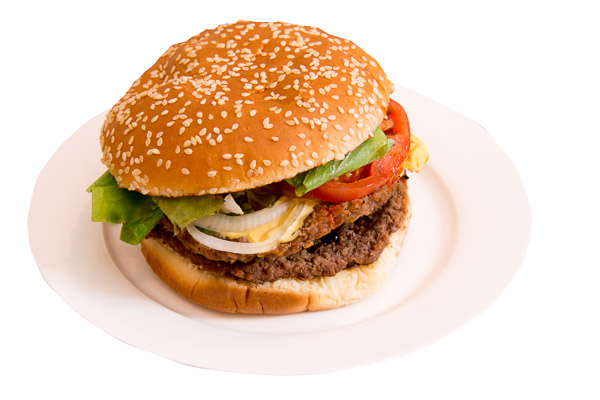
- The big double burgers are really heavy when you start carrying them around a photo studio. When you refrigerate one, it becomes very stiff. Most items from a fast food restaurant became sort of scary to us when they got cold, because the amount of fat became way more apparent. If only they would chill and dissect these things in high school!
- There is a lot of fat and not much fiber in many popular menu choices. For every 1,000 calories you eat, you are supposed to get 14 grams of fiber, according to the Dietary Guidelines for Americans. In one 1,500 calorie jumbo meal (large fries, large drink, double burger) at a fast food restaurant, there were only 8 grams of fiber and 75 grams of fat. This means that roughly 45% of all the calories in that meal are from fat. That’s almost double the amount of fat and half the amount of fiber that should be in an ideal meal. The calories are about triple what the average person should eat in one meal too.
- Size matters. You really could do better if you ordered a small burger, apples, and a drink that does not have added sugar. That meal would only have 270 calories and 9 grams of fat. It can be ordered as a kid’s meal, which means that you can still save money instead of ordering the jumbo value meal with 5X the calories!
- The dressing packets for the salads are very big. We would never pour that much dressing on a salad. But if you do, it’s easy to eat way too much.
- Chicken and salad are not always the best choices. You should read the Nutrition Facts before choosing your meal. Frying chicken results in triple the fat content when compared to chicken that is roasted. And big packets of high-fat dressing or cheese really ratchet up the fat on a salad, too.
- The onion rings contain the same amount of fat as the French fries. We are scared to admit that that surprised us in a good way. We thought it would be more.
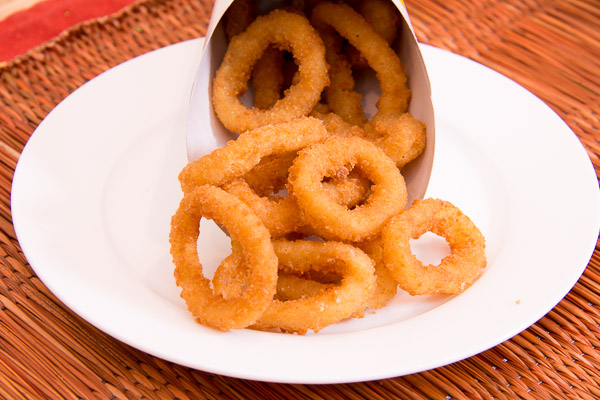
- But the fast food onion rings, to our taste, are not as delicious as the ones you buy in the freezer section of the grocery store. We do bake those from time to time and use them to garnish a home cooked meal. But we only eat a few, like 3-4 at that meal.
- An onion ring investigation revealed that the frozen onion rings from the grocery store (Ore Ida) contain half the calories and fat as the same size portion of onion rings from Burger King. The really great thing about making onion rings at home is that you commit to the portion and bake them for 20 minutes. Seconds would take too long to cook again!
- A large order of fries will fill an entire dinner plate:
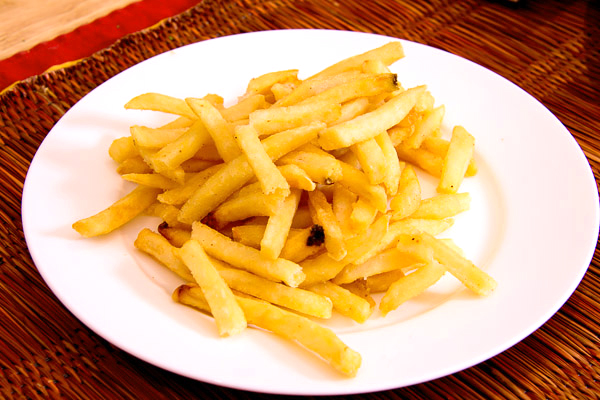
- It takes about 5-9 minutes to order and pick up your meal from a fast food restaurant if you are not in rush hour or at a really busy place.
- You will bring over 1,500 calories and 75 grams of fat into your car if you order the large fries, the large double burger, and the large sweetened iced tea.
- Those calories would take 10 hours of vacuuming to burn off. Or about 2 hours and 20 minutes of running, which, for most people, is the equivalent of running a half marathon. The trouble is, after consuming that much fat, you probably wouldn’t even want to walk around the block!
- The items in this single meal would fill 2 dinner plates and 4 water glasses. Would you really serve that much food at home to one person?
- You can make better choices if you “know before you go.” One great thing about the drive through, is that you can order sensibly before you are hit with the aroma of French fries!
So, without further ado, here is our Fat Poster masterpiece:
Next week, we will publish the story about the sugar poster. But you don’t have to wait to preorder them.
Buy both posters together today!



